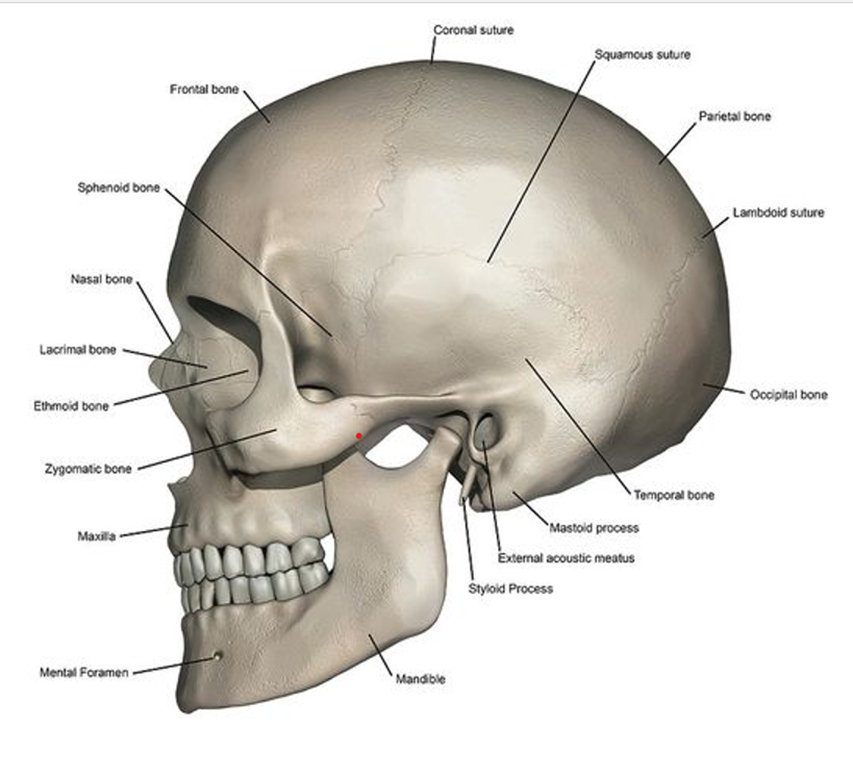Tumor is an abnormal growth of tissue in different parts of your body. Sometimes tumors can grow in the brain or spread to the brain when it has started from a different part in your body.
Tumors that spread are called malignant tumors and the ones which don’t are called benign tumors. In either case, if the tumor is found in the brain it will impact parts of the body that are controlled by that portion of the brain. Your only option is to approach a neurosurgeon In India.
Dr. Gurneet Singh Sawhney is one of the best neurosurgeon in India. DR. Gurneet Singh Sawhney has an array of surgical expertise in brain tumor surgery, epilepsy surgery, brain surgery, deep brain stimulation surgery, spine surgery, seizure treatment, and Parkinson’s treatment.
He is one of the topmost neurosurgeon in Mumbai with 14+years of expertise. His expertise also includes minimally invasive spine surgery. He is one of the best spine surgeon in Mumbai. Contact him for consultation at +91 8104310753.
Surgery to remove a brain tumor at the base of the skull under the cranial bone or behind the first few vertebrae of the spinal cord is called skull base surgery. Depending on the type of growth or abnormality, the neurosurgeon decides to go in for either:
- Endoscopic skull base surgery: It is a minimally invasive form of surgery. Your surgeon will insert a scope either through the nose, mouth, or an opening that is made just above the eyebrow. The best neurosurgeon, anesthesiologist, and radiologist all work in tandem to remove the diseased tissue or correct other abnormalities. It does not guarantee an uncomplicated procedure, but it takes less time and money. The bleeding in these procedures is minimal.
- Open Skull Base Surgery: Some conditions may require an open skull base surgery where the skull bone may need to be cut and removed for easy access to reach the area of growth and extract it. Again, anesthesiologist and radiologists are present with the neurosurgeon throughout the procedure.
Understanding the skull and brain structure.
The brain is made of soft tissue and nerves connected through the spinal cord to various parts of the body, giving it the capacity to communicate with the brain.
Meninges and the skull bone protect the brain. The brain sits on the five bones that form the base of the skull. These five bones that form the skull base are:
- Frontal
- Temporal
- Occipital
- Ethmoid
- Sphenoid

Understanding skull base tumors:
Any kind of growth or abnormality in the skull base area will lead to the following symptoms:
- Headache
- Dizziness
- Nausea
- Impact on eyes and eyesight
- Hearing issues like tinnitus or reduced hearing
- Numbness
- Facial pain
- Nasal congestion or frequent sinusitis
- Nose bleed
- Pressure in the face
- Numbness in the teeth of the upper jaw.
We tend to neglect these minor symptoms and delay going to the doctor. When we go to the family doctor, the doctor will often try healing us with all possible alternatives. Even after trying all standard medications for the ailments mentioned above, the doctor will refer us to a neurologist when we don’t heal.
The specialist will suggest MRI and CT scan. If the report indicates the presence of any abnormality in either of the following:
- Soft brain tissue
- Blood vessel
- Nerves
- Meninges
- The bone itself
And if you are diagnosed with any of the following; your neurosurgeon may suggest a skull base surgery:
- Cerebral Aneurysm, a bulging of the blood vessel in the brain.
- Cerebrospinal fluid fistulas.
- Craniopharyngiomas, a growth near the pituitary gland
- Craniosynostosis, a condition in which the infant’s skull bones close too early, impacting brain growth.
- Trigeminal neuralgia is a chronic pain condition that is transmitted to the brain by this nerve. The smallest of sensation on the face is magnified as a pain.
- Chordomas is a tumor of the bone, often found in the base of the skull
- Meningiomas are meningeal tumors usually benign in nature.
- Often repeated infections result in growth.
- Congenital cysts
- Arteriovenous malformations. A condition in which the artery and vein are abnormally connected.
Role of Endoscopic Skull Base Surgery in the Treatment of Brain Tumors
Treatment of brain tumors is the most difficult as the areas are deep inside the brain, and reaching them is difficult. Continuous advancements in the field of surgery have led to the possibility of getting to the tumor with minimal invasion.
This is where endoscopic skull base surgery comes into the picture. The tumor is approached either by an endoscopic nasal cavity or by drilling a hole in the skull small enough to pass a straw.
The tumor is then taken out from the tube that is inserted through this hole. The complications and side effects of this surgery are minimum, and the success rate is high. Sessions of either radiotherapy or chemotherapy follow the surgery.
Conclusion
If your ailment is not healing on its own after a week, visit your general physician. Keep a watch on how much time has gone by after your visit to the physician, and you have still not healed.
This is a sign that something is gravely wrong with your body and that it needs the attention of a specialist. As the saying goes,” A stitch in time saves nine.” Take appropriate action to your well-being on time. It will save your life.
